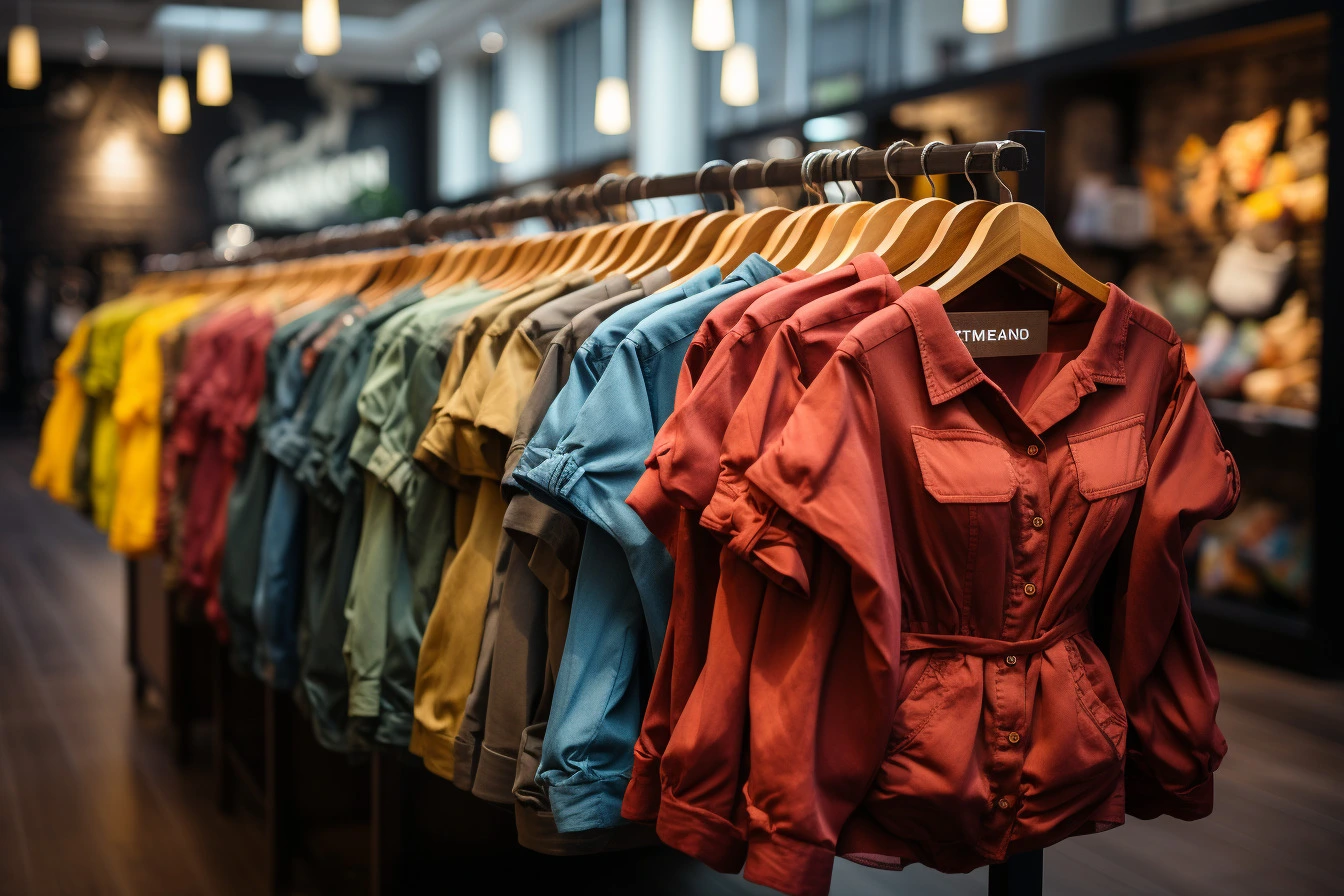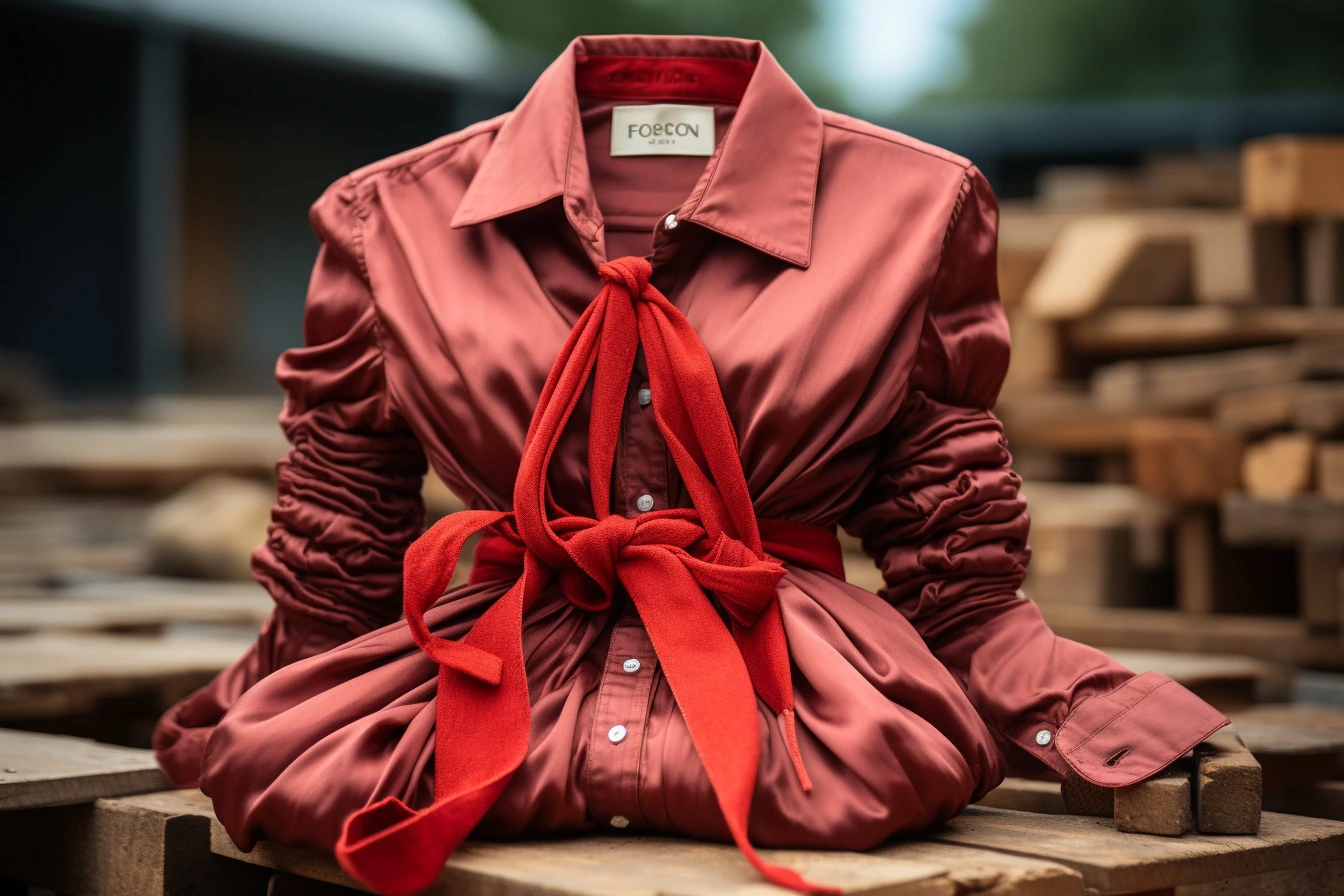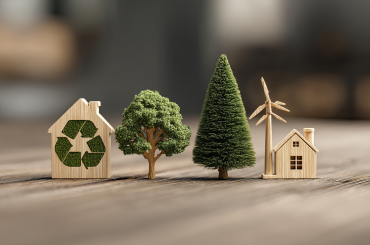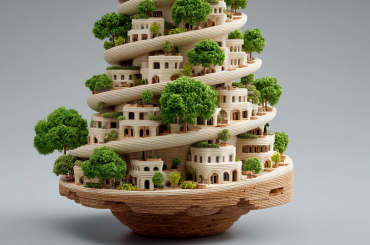I’ve got to tell you, the moment I really understood what fast fashion was doing to our planet—I mean really understood it—was when I found myself standing in my bedroom at 2 AM, staring at a pile of clothes I’d worn maybe twice. There was this H&M dress that had already started pilling after one wash, next to a Zara top that never quite fit right but looked amazing on the website. That’s when it hit me: I wasn’t just wasting money, I was part of something much bigger and messier.
My transformation into someone who actually thinks about sustainable fashion choices didn’t happen overnight. God knows I made plenty of mistakes along the way. Like the time I bought what I thought was an “eco-friendly” bamboo shirt that turned out to be processed with more chemicals than a swimming pool. Or when I spent three hours researching the perfect organic cotton jeans, only to realize the brand had the carbon footprint of a small aircraft carrier because they shipped everything from Bangladesh. Live and learn, right?
But here’s what I’ve discovered after years of trial and error, conversations with textile workers at conferences, and probably way too many late-night rabbit holes down sustainable fashion blogs: this isn’t just about swapping one shopping habit for a slightly greener one. Making truly sustainable fashion choices means rethinking our entire relationship with clothes, from how we buy them to how we care for them, and even how we say goodbye to them when they’ve served their purpose.
The fashion industry has this dirty little secret that everyone knows but nobody wants to talk about at dinner parties. It’s the second most polluting industry in the world, right after oil. Rivers in Bangladesh run the color of whatever Pantone decided was trendy that season. Cotton farming uses enough pesticides to make your local garden center look like an organic paradise. And don’t even get me started on the synthetic fabrics that shed microplastics every time they go through the wash—I’ve seen the research, and it’s genuinely terrifying.
When I started making more conscious sustainable fashion choices, I discovered brands that actually give a damn about their impact. Take Patagonia, for instance. Now, I’ve owned the same Patagonia fleece for eight years, and it’s been through more adventures than most people’s Instagram feeds. The company’s “Don’t Buy This Jacket” campaign initially seemed bonkers from a business perspective, but it made perfect sense once I understood their philosophy. They genuinely want you to buy less stuff, keep it longer, and fix it when it breaks. Their Worn Wear program lets you trade in old gear or get repairs done—I’ve used it twice, and both times the repairs were better than the original stitching.
Stella McCartney was one of the first luxury designers who made me realize that sustainable fashion choices don’t mean sacrificing style. Her commitment to never using leather or fur isn’t just a marketing gimmick—it’s been consistent for decades, even when it made her collections more expensive and technically challenging to produce. I saved up for months to buy one of her bags made from recycled materials, and three years later, it still looks better than most fast fashion bags look after three weeks.
Then there’s Reformation, which somehow managed to make environmental transparency actually… fun? Their website tells you exactly how much water and carbon emissions went into making each piece. It’s like nutrition labels for clothes. I remember buying a dress from them and feeling weirdly proud that I’d saved 2.9 pounds of CO2 compared to a conventional alternative. My friends thought I was becoming insufferable, but honestly, knowledge is power, and knowing the real cost of our sustainable fashion choices helps us make better decisions.
Eileen Fisher operates on a completely different wavelength—she’s created this entire ecosystem around garment lifecycles. Their RENEW program takes back old Eileen Fisher pieces and either resells them or breaks them down into new garments. I’ve been to one of their take-back events, and watching skilled seamstresses transform worn-out sweaters into completely new pieces was like watching textile magic. It’s proof that sustainable fashion choices can extend far beyond the initial purchase.
The footwear industry has been particularly resistant to change, which is why Veja’s approach feels so refreshing. They work directly with rubber tappers in the Amazon and cotton farmers in Brazil, paying fair wages that actually allow these communities to thrive. I’ve owned three pairs of their sneakers over the years, and while they’re not the cheapest option upfront, the cost per wear has been incredibly reasonable. Plus, knowing that my shoe purchase helped preserve rainforest rather than destroy it makes every step feel a bit lighter.
Making sustainable fashion choices isn’t just about finding the right brands, though—it’s about fundamentally changing how we think about clothes. I’ve learned to ask myself different questions before buying anything: Do I actually need this? Will I still want to wear it in five years? Can I think of at least three different ways to style it? These questions have saved me from countless impulse purchases that would have ended up gathering dust in my closet.
The power of pre-loved fashion has been one of my biggest discoveries. There’s something deeply satisfying about finding unique pieces at thrift stores that nobody else will have. I’ve found vintage Levi’s that fit better than anything made today, and designer pieces at a fraction of their original cost. ThredUp has become my go-to for basics—their quality control is surprisingly good, and the environmental impact of buying secondhand is essentially zero.
Learning to care for clothes properly has been another game-changer in my sustainable fashion choices. I used to throw everything in the washing machine on hot and wonder why my clothes looked tired after a few months. Now I wash most things in cold water, air dry whenever possible, and actually read care labels. It sounds boring, but proper garment care has extended the life of my clothes dramatically. I’ve even learned basic mending skills—nothing fancy, but I can replace a button or fix a small tear, which has saved several favorite pieces from the donation pile.
The psychological shift that comes with making more thoughtful sustainable fashion choices has been unexpected. I used to shop when I was stressed or bored, treating new clothes like a quick dopamine hit. Now I find that satisfaction in wearing pieces I genuinely love, knowing they were made ethically, and feeling confident that my wardrobe reflects my values. It’s a different kind of retail therapy—one that actually makes me feel better long-term rather than just in the moment.
What’s fascinating is how sustainable fashion choices have actually simplified my life. I spend less time shopping, less time deciding what to wear, and less time dealing with clothes that don’t quite work. My wardrobe is smaller but more cohesive. Everything goes with everything else, and I genuinely love each piece. It’s like creating a minimalist living space but for your closet.
The industry is changing, slowly but noticeably. Even mainstream brands are starting to offer rental programs, take-back initiatives, and more sustainable materials. It’s not perfect—there’s still plenty of greenwashing and surface-level changes—but consumer demand for better sustainable fashion choices is definitely pushing things in the right direction. Every time we choose quality over quantity, secondhand over new, or repair over replace, we’re voting for the kind of fashion industry we want to see.
Supporting brands that prioritize ethical business practices sends a clear message to the industry. When we invest in companies that pay fair wages, use environmentally friendly materials, and design for durability, we’re helping to build a fashion ecosystem that works for everyone—not just shareholders and consumers, but also the workers who make our clothes and the planet we all share.
Looking back at my journey with sustainable fashion choices, I’m amazed at how much my relationship with clothes has evolved. What started as guilt about environmental impact has become genuine excitement about craftsmanship, quality, and style that lasts. I still make mistakes—bought a “sustainable” jacket online that turned out to be basically green-washed polyester—but overall, this approach to fashion has been so much more satisfying than the constant cycle of buying and discarding I used to be trapped in.
The future of fashion is definitely moving toward sustainability, and frankly, it’s about time. Climate change isn’t slowing down for fashion weeks, and consumers are getting smarter about the real costs of cheap clothes. Making conscious sustainable fashion choices isn’t just about feeling good about ourselves—it’s about creating demand for a fashion industry that protects our planet rather than exploiting it. Every thoughtful purchase, every repair job, every decision to wear something we already own instead of buying something new—these small actions add up to something much bigger than individual choice. They’re building the foundation for a fashion industry that our kids won’t have to fix.






